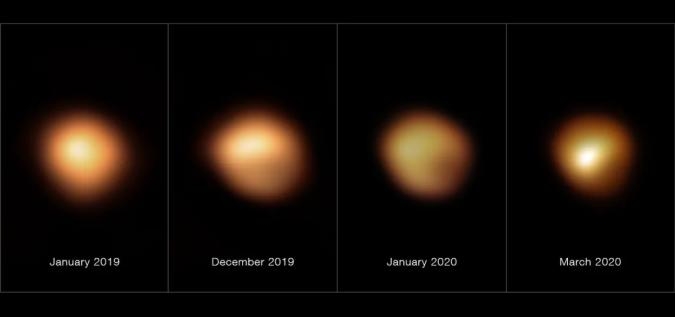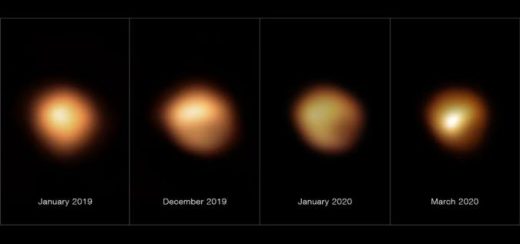The ‘Great Dimming’ of Betelgeuse was caused by star gases
The ‘Great Dimming’ of Betelgeuse was caused by star gases
The event doesn’t appear to indicate the red supergiant is about go supernova.


Back in late 2019, Betelgeuse, the red supergiant that makes up the shoulder of the Orion constellation, started to abruptly darken. Initially, some astronomers thought the star was dying and that it was about to explode in a supernova, but that never happened. Instead, Betelgeuse returned to its normal brightness.
In a new paper published in Nature, scientists say the “Great Dimming” of Betelgeuse was caused partly by a gas bubble ejected by the star. Using the Very Large Telescope (VLT) in Chile, Miguel Montargès from the Observatoire de Paris, France and his team analysed images of red supergiant.
“Our overall idea is that there was a cool spot on the star which, because of the local drop in temperature, then caused gas ejected previously to condense into dust,” Emily Cannon, one of the co-authors of the study, told the BBC. “So, the cool spot on the surface would initially make the star look dimmer to us. But then this condensation of dust would add to the rapid drop in brightness of the star.”
Unfortunately for those hoping to see a supernova sometime in their lifespan, the incident is not believed to be an indication Betelgeuse is close to the end of its lifespan. When talking in cosmic terms, that’s something that could be tens, and even hundreds, of thousands of years away,
(23)


